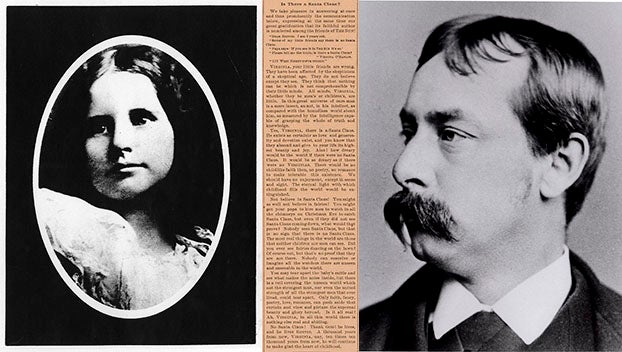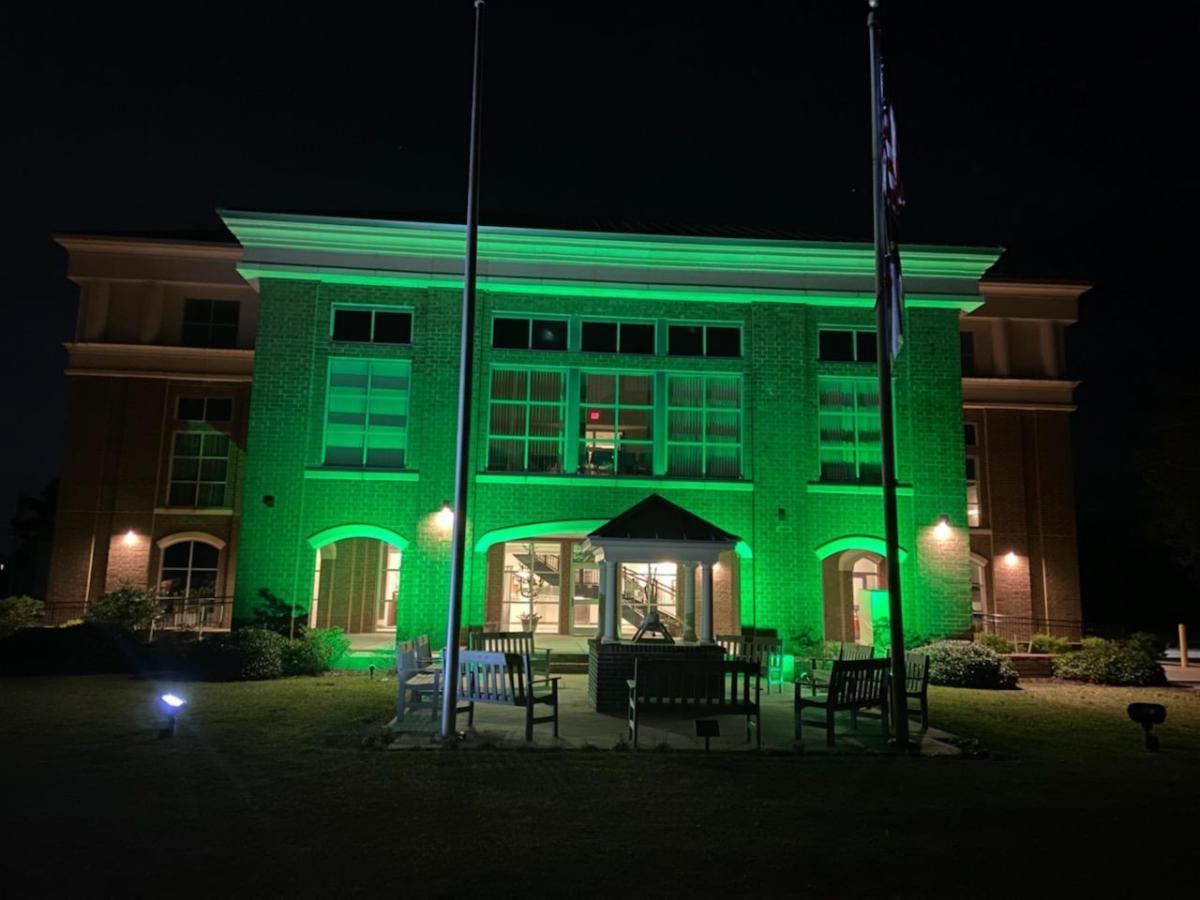Making history
Published 3:00 pm Thursday, March 23, 2017

- TOGETHER AGAIN: A reunion of the 35th Regiment U.S. Colored Troops was held in Plymouth in 1905. (NCDCR)
On April 1, history will be made when a marker recognizing the African-American men who helped Union forces defend Washington during the siege of the town in April 1863 is unveiled in front of the Washington Waterfront Underground Railroad Museum.
The sign’s text reads: “African Americans Defend Washington. Prior to the formation of the 1st N.C. Colored Volunteers about 100 black men were armed to aid Union forces during the siege of Washington in 1863.” The marker briefly tells the story of that historical event.
The marker itself makes history, according to Leesa Jones, who will speak at a program/reception at the Washington Civic Center at 2 p.m. April 1. Jones, who studies and promotes black history of the Washington area, said the marker highlights an important occurrence in the area’s history.
“The reason it’s important for Washington and Beaufort County is because it is the first-ever North Carolina … commissioned highway marker in Beaufort County. That’s a pretty big deal because it’s the first one to honor an African-American subject of any significance,” Jones said.
Jones said the arming of the 100 African-Americans in Washington was a turning point in the state’s history.
“They’re idea was to be able to fight for their freedom during the war. So, the Union Army armed them here in Washington. It is the first time in the state of North Carolina that African-Americans had been armed for any war. African-Americans did fight during the Revolutionary War, but we’re not sure if that happened here in Washington,” Jones said. “For the state of North Carolina, it’s the first time they (African-Americans) had ever been armed in to aid in the assistance of the military.”
Jones, a driving force behind the Washington Waterfront Underground Railroad Museum, and others continue to add elements of black history into the overall history of Washington and surrounding environs. That’s a good thing because it enhances and expands the narrative of Washington’s past, present and future.
History, and those who study it, should not be colorblind.




